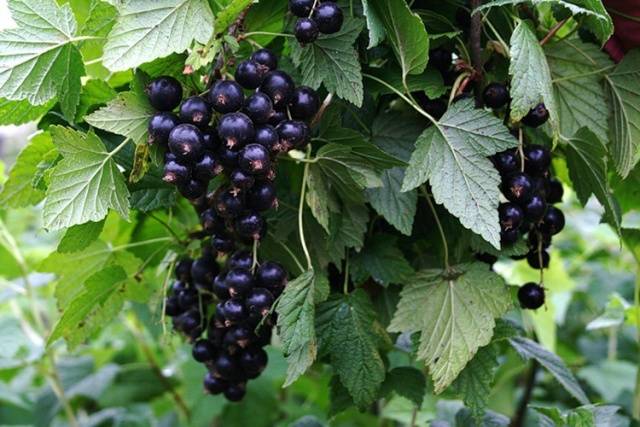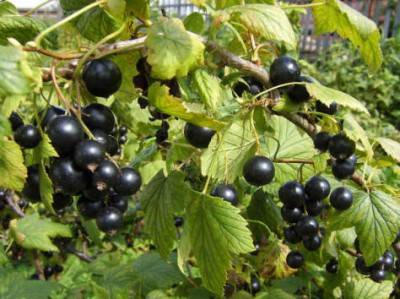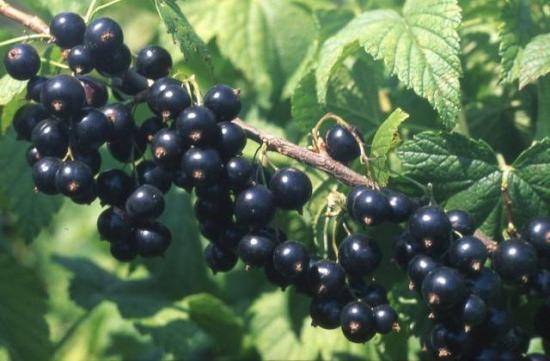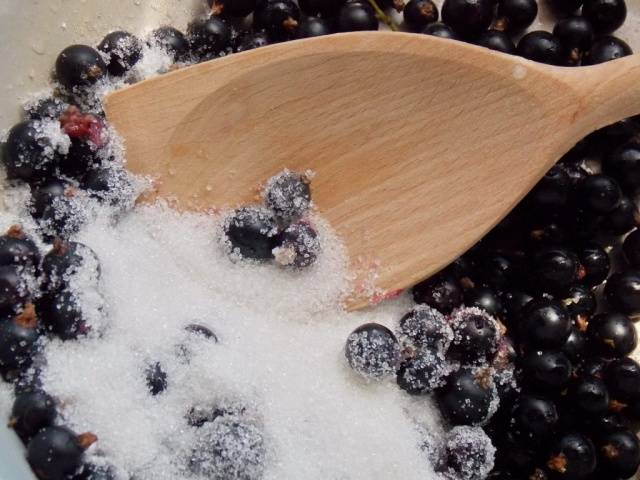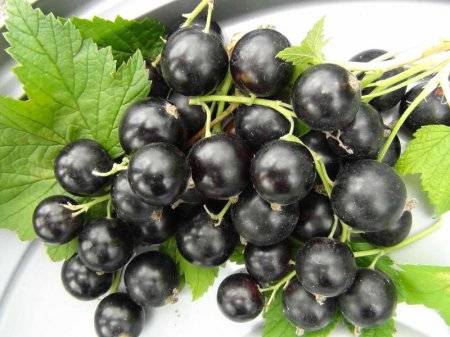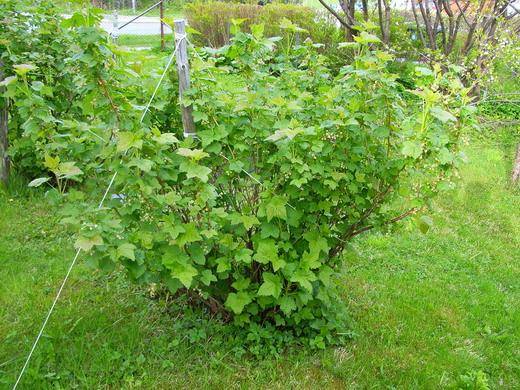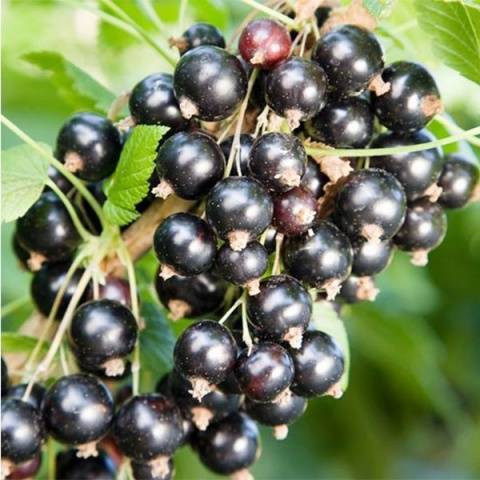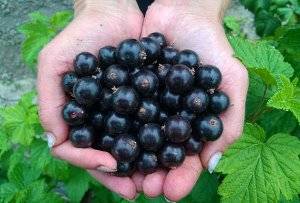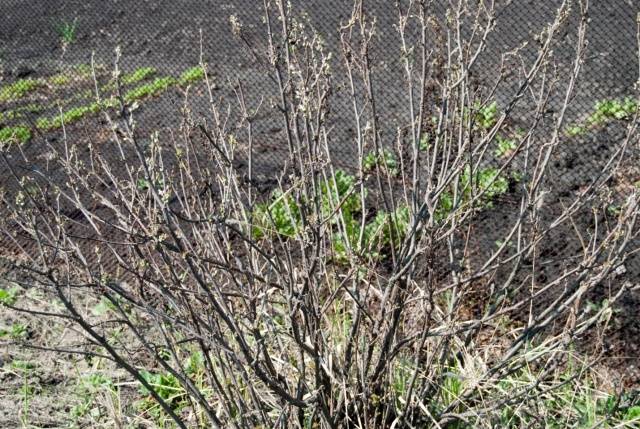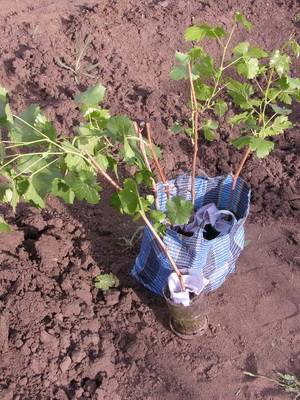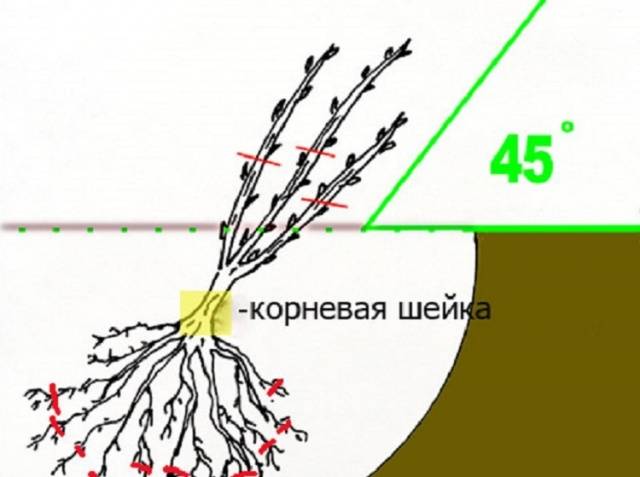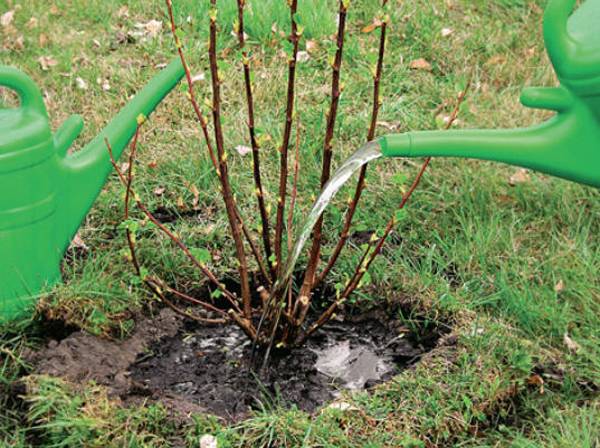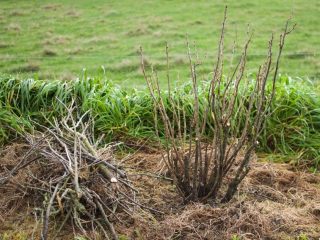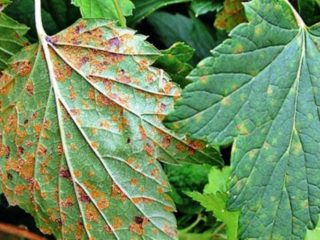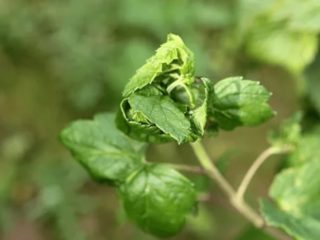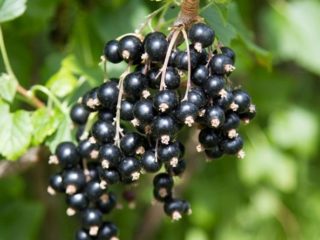Content
It is difficult to imagine a garden without black currants. This delicious berry is consumed raw, used for various confectionery products, and harvested for the winter.
At the moment, there are about 200 varieties of black currants of different ripening periods, unequal in resistance to diseases, requiring different care. But for consumers of self-grown berries, perhaps the most important thing is their taste and benefits. These two qualities are happily combined in the Belarusian sweet black currant variety.
The benefits of blackcurrant berries
The average sugar content in 100 g of this berry is 7.3 g. It is variable and varies depending on the variety. The record holders have a sugar content exceeding 10 g per 100 g of product. Despite the name, according to this indicator, the Belarusian sweet black currant is among the middle peasants and does not reach the leaders in sweetness. But her benefit from this is no less.
-
The amount of vitamin C is much higher than that of the vast majority of fruits and berries. Moreover, it is present not only in berries, but also in all parts of the plant: buds, leaves and twigs. In currant Belarusian sweet, the content of ascorbic acid reaches 239 mg for every 100 g of berries, which is a very good indicator, in many other varieties it is much lower.
You only need to eat 20 delicious berries to get your daily intake of vitamin C. - There are other vitamins in the currants of this variety, but their number is small.
- She has a very good content of pectin substances - almost one and a half percent. It is difficult to overestimate their role in the human body. Cleansing the intestines, they strengthen the human immune system, free the body from all harmful substances.
-
A large number of anthocyanins, which give the berries a dark color, makes them an excellent preventive and therapeutic agent for viral diseases. Anthocyanins improve human vision, are cancer protectors.
- Tannins, which determine the peculiar spicy taste of berries, help to improve the work of upset intestines.
- Essential oils, of which there are so many in various parts of the plant, give them a unique aroma and have pronounced anti-inflammatory properties. The phytoncides contained in them also act.
Surveys and reviews of gardeners indicate that Belarusian Sweet is one of the most common cultivated varieties of black currant. To understand why he is preferred, consider the varietal characteristics and draw up a detailed description, a photo of the variety is given below.
How the variety was created
When a scientist from the Belarusian Institute of Fruit Growing A.G. Voluznev created this variety of currants, he crossed the 2D and 4D forms, in which the European and Siberian subspecies were combined, with a selected Far Eastern seedling. Genes of natural species gave Belorusskaya sweet hardiness and frost resistance. Even during flowering, small frosts do not harm her.
Soon after its creation, the Belarusian Sweet was included in the State Register of the Republic of Belarus, and it was included in the State Register of Russia in 1979. This berry shrub is suitable for cultivation in almost all regions, with the exception of West Siberian.
Varietal features
The ripening time for sweet Belarusian currants is average.The berry bush has a very high yield, about 5 kg of selected berries can be harvested from it.
What does it look like
- The bush of this currant is high, the branches are scattered medium.
-
Young shoots are pubescent, do not have shine, at the top they are painted in pink-purple color, and adults are gray and strongly pubescent.
- The buds are medium in size, have an elongated shape, end with a sharp tip, greenish in color with a pinkish-gray tinge. The middle part of the bud deviates slightly from the shoot.
- The leaves of this black currant are of medium size, have 5 lobes, the color of the leaf is light green.
- Strongly wrinkled leaf blades have a horizontal arrangement and small sharp denticles.
- The long petiole is colored green in summer, and turns red-violet upward in autumn.
Generative organs
The sweet self-fertility of the currant variety Belarusian sweet self-fertility is close to 72%, this ensures good pollination and berry setting, and, therefore, a significant harvest.
-
Hanging brushes up to 7 cm long consist of flowers with a yellowish-green color and pink strokes. Cluster fruiting is possible.
- Berries at Belorusskaya are sweet from medium to large. Their weight ranges from 1 to 1.5 g, since they are not one-dimensional.
- The harvest does not ripen at the same time, the berries hang on the bush for a long time, crumbling over time.
- Their taste is very good, estimated at 4.6 points.
- The use of berries is universal.
The description and characteristics of the variety must be supplemented with information that the Belarusian sweet, like many other varieties of black currant, is affected by fungal diseases: leaf spot, powdery mildew, but to a moderate degree. It is relatively resistant to kidney mites.
What other advantages can be noted in Belorusskaya sweet:
- begins to bear fruit very early, the berries are already producing two-year seedlings;
- does not suffer from the frequency of fruiting;
- rounded oval-shaped berries are distinguished by good consumer qualities;
- bushes age slowly, giving the largest harvest for 5-6 years and without losing productivity up to 12 years.
Agrotechnics currant
In order for the berry harvest to please in size and quality, care for the Belarusian sweet currant must be carried out in accordance with all the rules.
How and where to plant
The further successful life of the planted bush depends on the choice of the right place for planting.
What are the requirements for the place and soil that Belarusian sweet currant makes:
- It is better if the planting site will be illuminated all day, but partial shading is quite possible, this variety does not reduce yields in such conditions.
- The site is chosen well provided with moisture, but without stagnation of water in the spring, the groundwater should be low.
- It is advisable to protect the landings from strong winds.
- Currants prefers neutral or close to it soil, when planted in acidic soil, it feels very bad. Such soils need to be limed.
- A good harvest can be obtained on loam or sandy loam with a high humus content, the rest of the soils will have to be improved.
Planting young bushes is best done in autumn, but so that they have time to take root before frost.
Since the Belarusian sweet black currant variety is distinguished by its great growth force, it is better to keep the distance between the bushes at 1.5 m. In this case, each plant will get the necessary nutritional area, and it will be convenient to care for them.
Large pits for currants are not needed - its root system is superficial, a depression of 40 by 40 cm is enough.The top layer of soil is mixed with a bucket of humus, adding superphosphate to it - 100-200 g and a half-liter jar of wood ash.They plant a bush, deepening the root collar by about 10 cm.
Water the bush using a bucket of water. Shoots are cut to a height of about 10 cm above the ground, leaving up to 4 strong buds on them. The area around the bush is mulched with organic material.
More information about planting black currants can be seen in the video:
Care
It consists of irrigation, especially necessary during the formation and filling of berries, fertilizing: during flowering - with nitrogen fertilizers, during the filling of berries - with complex, and after harvesting with phosphorus and potash. Currants respond well to foliar feeding with mineral fertilizers with trace elements and to the introduction of organic matter.
The soil under the bushes must be kept clean, if it is mulched, the mulch must be renewed over time.
Without updating and thinning the currant bush, you cannot get good yields. Therefore, pruning and pinching the shoots is a mandatory operation. We already carried out the first pruning when planting a bush. The second occurs a year later, you need to leave up to 4 of the strongest shoots. In the third and fourth year of life, 3 to 6 of the strongest zero shoots are left. An important operation is shortening branches for better branching. It is carried out after harvest, cutting them by about a third. Starting from the sixth year of life, it is necessary to gradually replace old shoots with zero ones. Since the currant of the Belorusskaya sweet variety is quite durable, and the 6-year-old shoots give the largest yield, such a replacement begins about 2-3 years later, depending on the state of the bush.
Due to the average resistance to fungal diseases, the currant of the Belarusian Sweet variety needs preventive treatments from them. Even before flowering, the bushes are treated with copper-containing fungicides, following the instructions. In wet years, processing will have to be repeated.
Testimonials
Conclusion
If you want to collect delicious vitamin berries for a long time and in considerable quantities without renewing the bush, plant the Belarusian sweet. The time-tested variety will not let you down, and will provide an excellent harvest every year.
